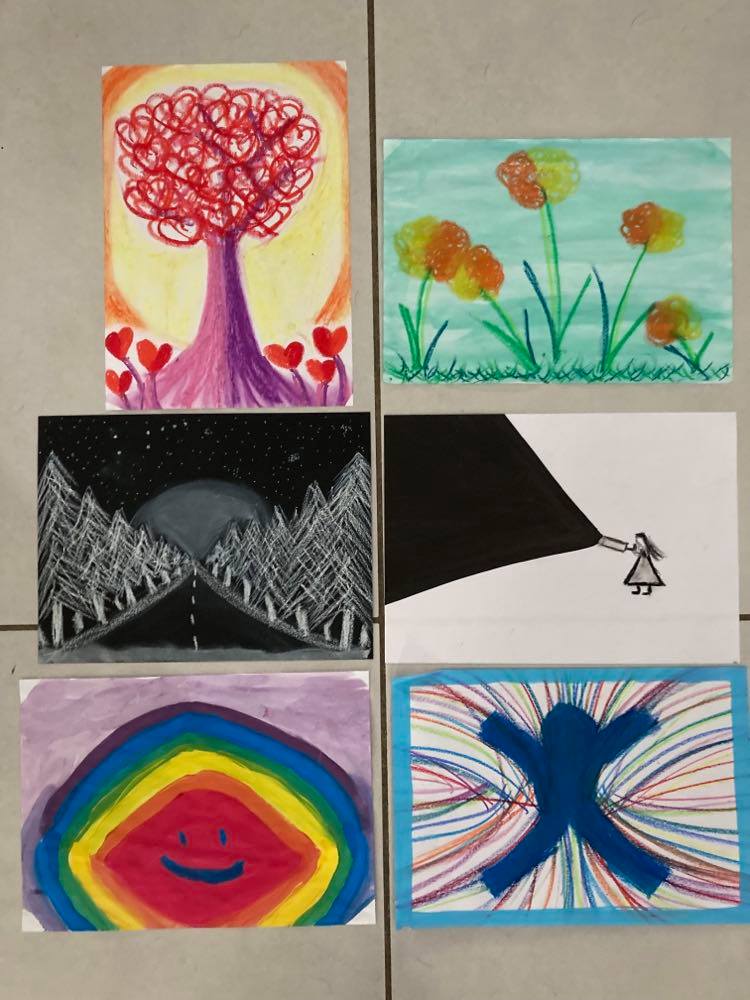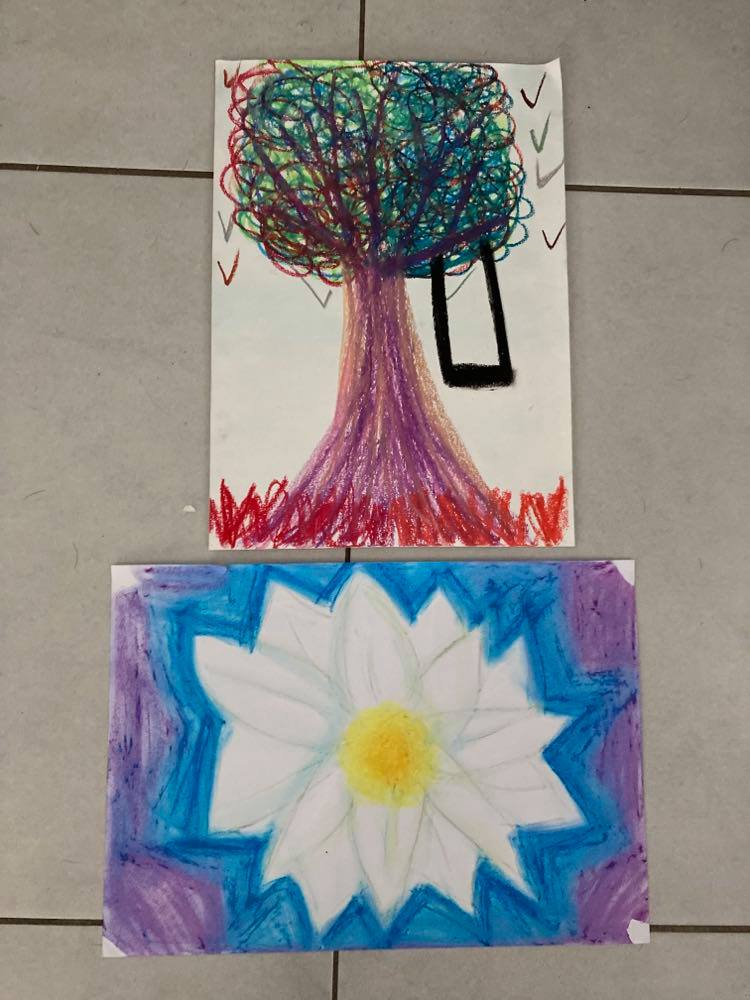Brain Gym®
Brain Gym is part of the Educational Kinesiology programme. Educational Kinesiology means “To draw out learning using movement”. The movement based programme that improves neural communication throughout the mind and body helps you access and achieve your highest potential in learning and any life skills. The programme can be successful and is enjoyed by everyone who uses it. Brain Gym is used in over 80 countries in Education, Business, Sport and the Performing arts.
Brain Gym helps to improve neurological function so that areas of the brain are more strongly connected and accessible for any given task. The programme uses developmental movements and provides a level of immediate improvement. It is simple and fun for everyone from 5 years old and above.
“Brain Gym is the most effective and simple programme I have come across to help improve everyone’s ability to learn with ease and success”.
How can Brain Gym help you?
Brain Gym looks at the physical aspects of learning that most educators do not.
Trying to teach a child, or adult, who is not developmentally ready and cannot access areas of their brain for specific tasks like reading, writing, spelling, problem solving is going to be very difficult, frustrating, time consuming, costly and will cause more stress to a system that is not ready.
It is so important for teachers and parents not to push children too hard, but to FIRST make sure the physical side to learning is in place first then learning, and teaching, will become an easier, enjoyable and successful process for everyone.
Brain Gym helps develop the Visual, Auditory, Kinesthetic, Vestibular, Tactile and Proprioceptor senses using movement. If any of these senses are undeveloped and areas of the brain are not linked up sufficiently, it can affect the potential and performance of the individual in the learning environment, workplace, on stage or sports field.
Brain Gym movements have been specifically designed to stimulate the senses and link up the brain. When you can access more of your mind, learning challenges can decrease. Improved levels of confidence, motivation, focus and feeling positive can clearly be seen in individuals or teams. A few minutes of movements will immediately change how you feel and will improve your ability and skills.
Do you know your Dominance profile?
Do you know which is your dominant eye, ear, arm, hand, leg? Which side of your brain is dominant..Left or right? This is important to know, especially in the learning environment as it will help teachers to know how to teach children and how children will take in and process new information.
Understanding the dominance profile of any individual proves to be extremely valuable information to teachers. It can show areas of weakness which will explain why individuals under-perform, don’t work well together, find certain tasks challenging and become stressed easily. Using specific Brain Gym movements helps clear any weaknesses of the senses, helps link up areas of the brain and helps to make each person more productive, efficient, organised and successful in their learning. We need to have full access to all our senses and areas of the brain linked up to achieve our highest potential. Movement can help make this process happen more quickly and easily.
The Lazy 8 Movement and an exercise for you to try
This movement is one of the 26 movements. This is used to help improve eye tracking and binocular vision to help reading and writing skills. Many people with visual stress find this movement quite difficult to begin with and find their eye muscles are strained when moving from side to side or up and down without moving their head at all. The Lazy 8 helps to relax and tone the eye muscles improving visual focus and eye teaming skills for reading.
Try this Pre-exercise
Without moving your head at all – look up, look down, look to the left, look to the right.
Move your eyes from side to side quickly.
Do these movements several times and notice how your eyes feel – Can you move your eyes easily without moving your head? Do your eyes move smoothly across the vertical and horizontal midline or are the movements jerky and jumpy? Do your eyes ache or become irritated when you moved them? Were you breathing or holding your breath while moving your eyes?
Read a paragraph from a book – Can you remember and understand what you read?
Now follow these instructions
Start with looking at your right thumbnail about 18 inches (45 cm) away from your nose at the midline of your body. Keep your eyes looking at your thumbnail all the time while moving your hand round in a large horizontal figure of 8 . Do this slowly and WITHOUT MOVING YOUR HEAD, just move your eyes and breathe. Do this 4 – 5 times slowly then change hands and repeat with your other hand, 4 – 5 times slowly. Next clasp yours hands together, making a cross with your thumbs and make the horizontal figure 8 while keeping your eyes on your crossed thumbs 4 – 5 times again. Breathe deeply while you are looking at and following your crossed thumbs.
This exercise is for adults too as our eyes can come lazy, the muscles tense up and this may cause changes in vision. An example is when we get tired shortly after doing some reading. Try the above exercise for several days and see how your vision improves.
Now try this Post exercise and notice what is different
Without moving your head – Look up, look down, look to the left, look to the right. Move your eyes from side to side quickly.
Notice how your eyes feel now – Do your eyes move more easily and without your head moving? Do your eyes move smoothly across the midlines? Are they less jerky and jumpy now? Do your eyes still ache when you moved them?
Read another paragraph from a book. Can you remember and understand what you read easily now? Do you feel more confident?
Double Doodle Play®
Express yourself through art while working both sides of your brain. By focussing on both hands, it makes your brain feel at peace. Anxiety and stress will disappear while creating your art pieces with two hands. Several activities can be done so that the person can focus on the process rather than the product.
Below you will find some pieces that have been created by myself and some children. Some children open up about their drawings and expression what they are feeling while looking at their product or having a sense of relief because they expressed their worries through the medium of Art.

